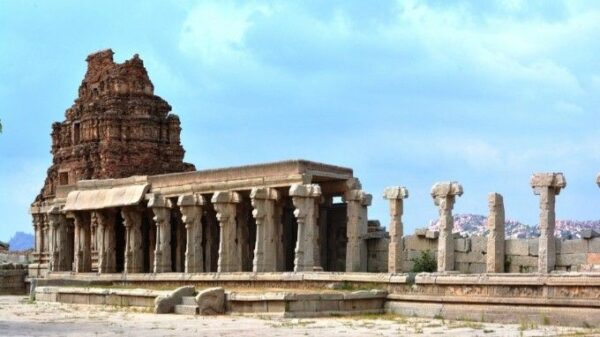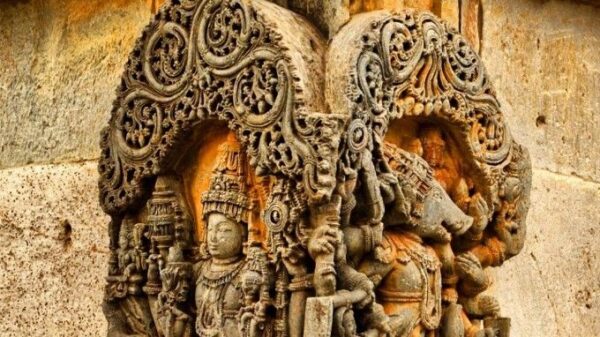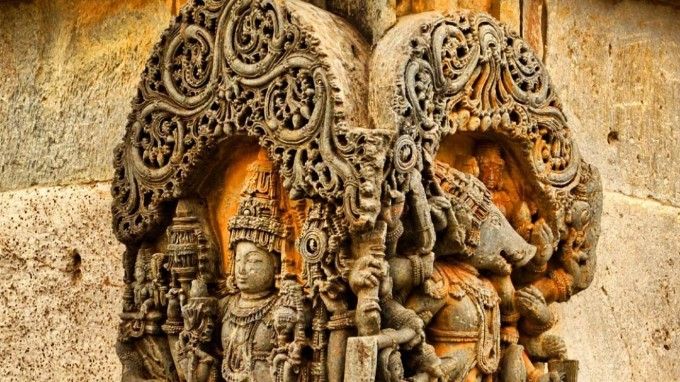India’s artistic traditions are one of the oldest and most refined in the world. When it comes to “Indian History and Culture: Evolution of Bidriware from Karnataka”, there have been certain influences by colonial Britishers which resulted in a number of Anglo Indian designs. From the city of Bidar in Karnataka, the art of Bidriware emerged and it is one of the most wonderful metal crafts that have ever been created. It is a marriage between Persian art and the beauty of Indian craftsmanship. At first, it was only worn by the royal people like the Sultans of Bahman.
The Origin
According to various reports, when it comes to “Indian History and Culture: Evolution of Bidriware from Karnataka”, this form of art was brought by a Persian man, who was an expert in craftsmanship, called Abdullah Kaiser and he accompanied the Sultan at that time. Due to his guidance, other people also learned the work of inlaying silver onto metallic surfaces and this led to the formation of Bidriware in Karnataka. Therefore, it began and spread in the Deccan Plateau, and it was loved by so many people that it was used to decorate hookah bases for men, jewelry boxes for women and sometimes was even used on weapons.
How it Was Created
When it comes to “Indian History and Culture: Evolution of Bidriware from Karnataka”, the art of Bidriware is similar to a process of alchemy. First, artisans take a base metal which is basically a mixture of zinc and alloy. Then they try to convert it into the desired shape of their customers, for example, they possess the power to turn it into vases or boxes or trays. Then then try to increase the smoothness of the metal by polishing the surface. Sometimes, they also etch very pretty designs onto it like Persian calligraphy or architecture created by the Mughals. They even etch naturalistic elements like mango or creepers or flowers of lotus and jasmine.

Then comes the toughest part where the artisans need to begin their inlay work. They either take wires or sheets made of gold material or silver material. After that, with a lot of precision and care, they hammer it onto their metallic surface, in such a precise way that it is still absolutely smooth. Then they treat it with a special kind of soil that can only be found in Bidar. This increases the epic blackness of the metallic surface and gives it its signature look. This soil is considered to be very special because it is free of sunlight exposure and it is very rich in nitrates, which gives it such majestic chemical properties that it only reacts with the metal but not with silver or gold. After that, the desired object is dipped into a solution of ammonium chloride, water and soil which creates darkness on the metal surface and gives extra shine to the silver part. Some people even think of this art as a kind of aesthetic mastery.
Popular Designs

Bidriware art is well known for how beautiful it is in a narrative way. When it comes to the most popular designs created on the metallic surface, artists often made floral patterns that look like gold coins and it was said to bring prosperity to the household. Sometimes, they did jali work on the metal which showcased how precise they were in the geometric way. They also made motifs like lotus or paan which symbolized fertility in the house and children that were healthy enough to carry the family name. Most popularly, people loved to have calligraphic inscriptions on the Bidriware art.
Author
Shreeja Mukherjee


